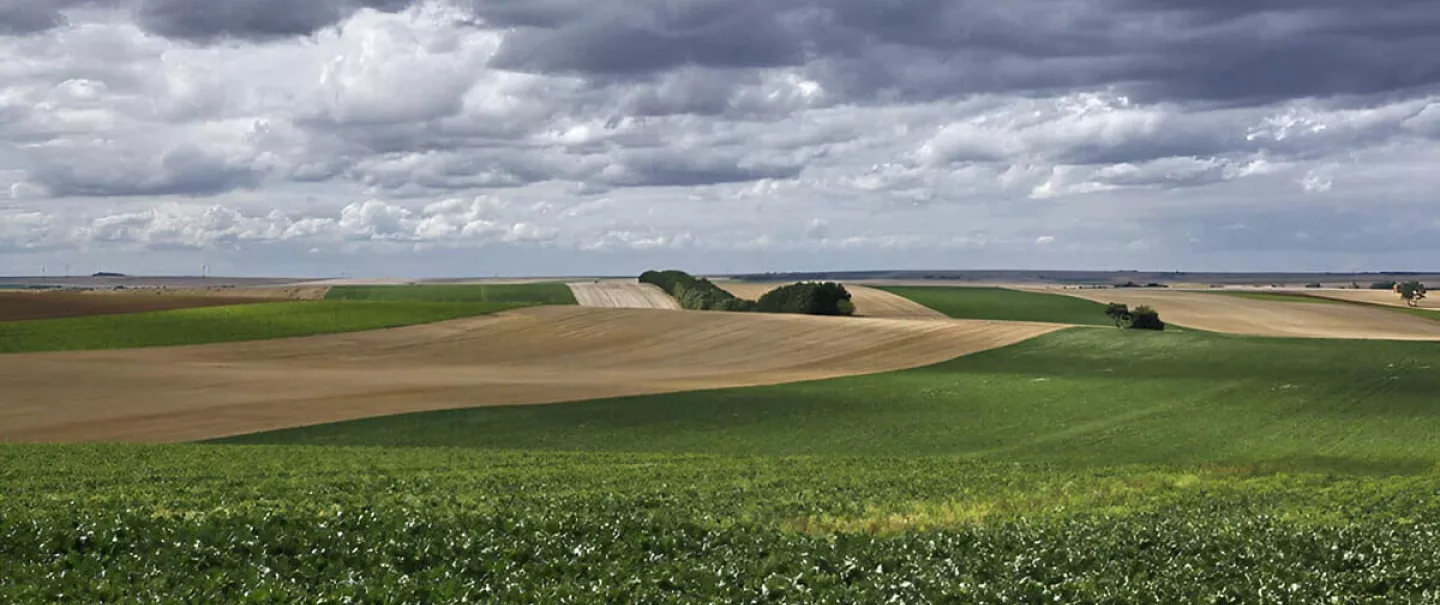
Minimum Tillage
Min-till or reduced tillage is cultivating land using mechanical methods other than ploughing to reduce soil disturbance. The method has been growing in popularity and there are new machines designed ...

Min-till or reduced tillage is cultivating land using mechanical methods other than ploughing to reduce soil disturbance. The method has been growing in popularity and there are new machines designed ...
With the introduction of inputs and animated tools, modern farming feeds a population 6 times larger than 200 years ago. For several decades now, alternatives to conventional agriculture have been increasing. Methods that meet very present-day objectives, while conserving productivity, performance, and resources, i.e., sustainable or integrated farming, soil- conservation agriculture, organic agriculture, and even agroforestry and permaculture.
In order to adapt farming techniques to global challenges and survive in an increasingly uncertain economic environment, farming models are adapting. They are becoming more sustainable, economically, socially, and environmentally. They are becoming less dependent on plant-protection products and incorporating new biocontrol technologies for cereal crops and other plants. There is more communication more locally, with the community, with fellow farmers, and applied research organisations. The aim is to find solutions and progress together.
Traditionally, ploughing is one of the basic techniques in farming. It has been used for centuries. It is still an effective means of controlling weeds and preparing a suitable seedbed for the future crop. To combat erosion, some farmers are turning to soil conservation agriculture (SCA) systems. This is particularly the case in America and Australia, and to a lesser extent in Europe. This method involves very little, if any, tillage, and requires more rigorous crop rotation and permanent soil cover. This is one of many examples of SCA that illustrates the need for greater technical expertise and support for alternative practices.
Tillage tools are continuously being improved, with more choice and an accumulation of expertise, as well as partnerships with technical institutes and pilot farms. Manufacturers are now offering innovative tillage tools to limit inputs, and digital equipment, such as sensors, to collect data, which even makes it possible to recognise weeds in the plot. They are starting to introduce specific machines to meet the requirements of new crop-management techniques. For instance, seed drills capable of planting in residues, and more recently, autonomous robots for seeding and weeding.
Producing more and better will undoubtedly require a third revolution, based on the mastery of digital technology, robotics, and genetics. Farm managers are already making use of innovations with a host of connected devices: weather stations, autonomous machines, GPS, ISOBUS language, etc. The results are impressive and the technical advances in agriculture very promising. It's a safe bet that by 2050, this type of technology will be commonplace, and necessary to respond to the challenges of the future.


